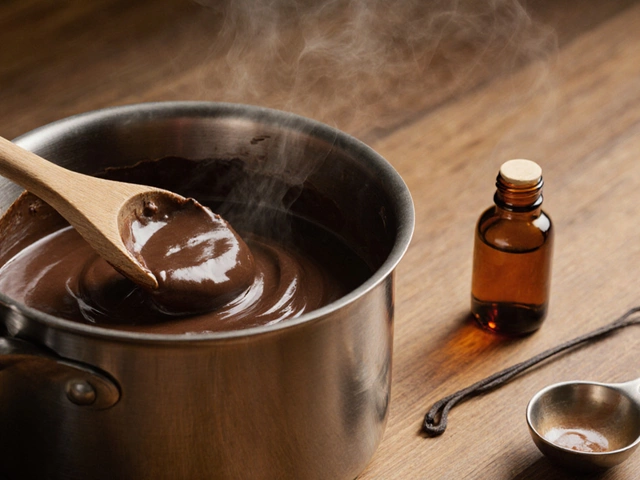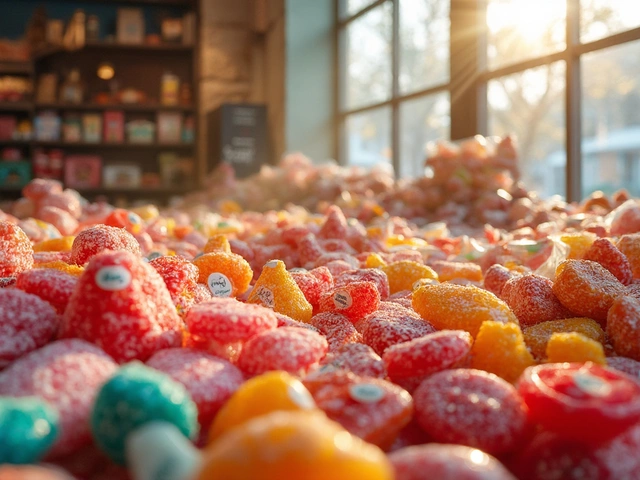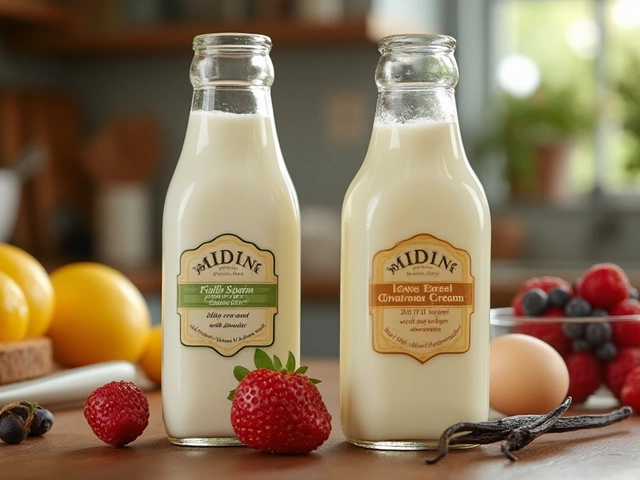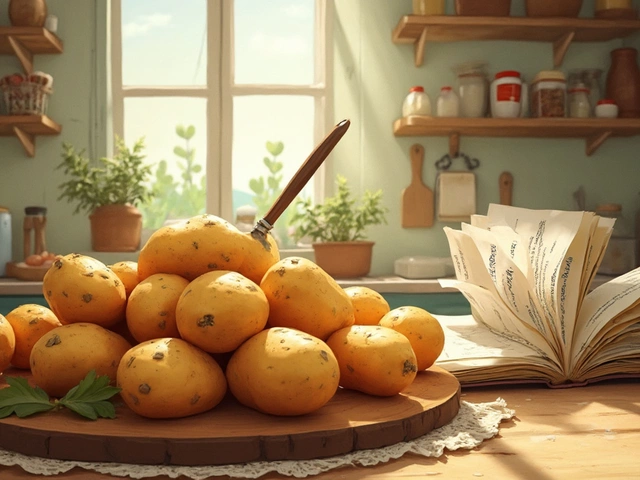History of Desserts – Sweet Stories You’ll Love
Ever wonder why we call a cake “tiramisu” or how cannoli became Italy’s favorite pastry? The answers are full of gossip, travel, and a dash of science. Below we’ll walk through the most interesting dessert histories, point out why they matter, and give you quick ideas to bring a bit of that past into your own kitchen.
From Ancient Treats to Modern Classics
People have been sweetening food for thousands of years. Early humans chewed honey, while the ancient Greeks mixed nuts, honey, and cheese to make a primitive cheesecake. Fast forward to the Middle Ages and sugar, once a luxury, started showing up in court kitchens. By the 1800s, bakers in France were perfecting the delicate macaron and the rich, buttery croissant.
Two desserts that still dominate today have surprisingly recent origins. Tiramare? No, tiramisu – the coffee‑soaked ladyfinger cake – first appeared in the 1960s in the Veneto region of Italy. A small café’s owner named the dish “pick‑me‑up” because the caffeine and cocoa give you an instant lift. Cannoli, on the other hand, trace back to 9th‑century Arab influence in Sicily. The word comes from “cannolu,” meaning “little tube,” describing the crisp pastry shell that holds sweet ricotta.
Even something as simple as the chocolate cake we all love has a story. The first true chocolate cake was baked in the United States in the 1880s after cocoa powder became affordable. It quickly spread, becoming a staple at birthdays and celebrations worldwide.
Why Dessert History Matters to Your Kitchen
Knowing where a recipe comes from can change how you treat it. If you understand that tiramisu was meant to be a “pick‑me‑up,” you’ll serve it chilled and pair it with strong espresso for maximum effect. Learning that cannoli shells were originally fried in olive oil helps you decide whether to bake them for a lighter version or keep the traditional deep‑fried crunch.
History also gives you a cheat sheet for ingredient swaps. The ancient Greeks used crushed nuts for texture; today you can replace some flour with almond meal for a gluten‑free twist that still feels authentic. When you know that early cakes relied on beaten eggs for lift, you can experiment with modern leaveners like baking powder while keeping the same fluffy result.
Finally, sharing a dessert’s backstory makes any gathering more engaging. Telling guests that the “most eaten cake in the world” is actually a humble sponge cake from the UK adds a fun conversation starter and might inspire them to try a new recipe.
So next time you whisk sugar or pull a tray of cupcakes out of the oven, pause for a second and ask: where did this sweet come from? The answers are tasty, and they’ll make your baking feel a lot richer.

Who Invented Macarons? Unwrapping Their Surprising Past
Ever wondered where macarons really come from? This article busts the myth that they’re purely French and follows their wild journey from Italian kitchens to Parisian tea rooms. You’ll get the real story behind that signature chewy shell and creamy filling. Plus, find out what makes a macaron different from a simple cookie. Get tips on spotting a perfect macaron and making them at home. By the end, you’ll never look at these tiny treats the same way again.
View More




